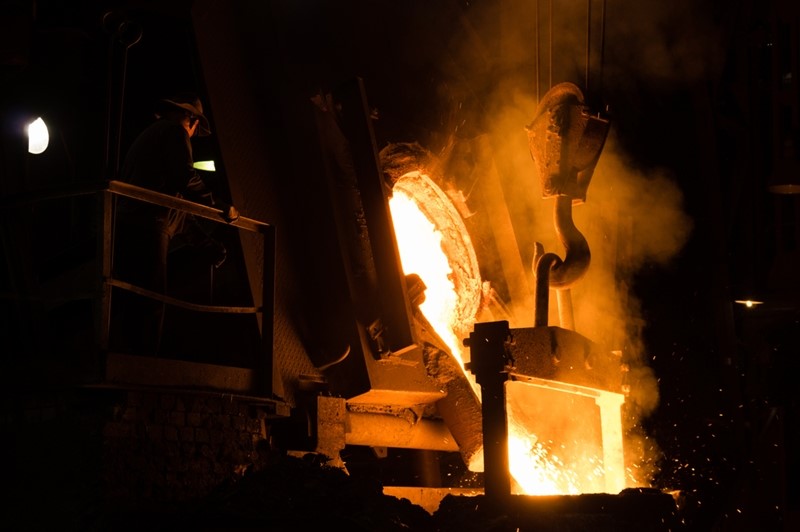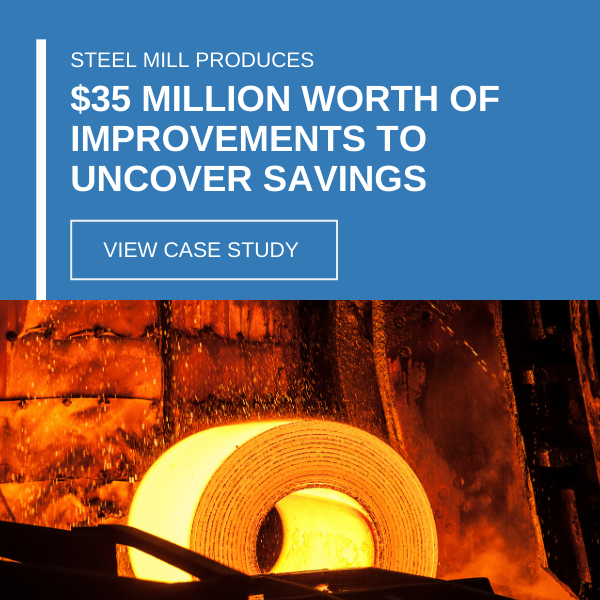
The Future of Smelting Technology
How are American metallurgists doing these days? At a cursory glance, presumably well. The U.S. Geological Survey estimated the iron and steel industry in America, for example, produced 26 million metric tons of pig iron and 81 million metric tons of raw steel in 2015, cumulatively valued at about $103 billion.
Quite a substantial feat and an economic boon to sectors like construction and automotive, unless one looks at the recent past. Of the top 11 independent iron- and steel-producing countries in the world between 2014 and 2015, the U.S. experienced the biggest drops in both iron and steel production among them all. In steel, the U.S. fell from third place to fourth. In iron, the U.S. fell from fifth place to seventh.
What’s behind these plummeting production figures? It could have something to do with the recent U.S. Department of Commerce investigation focused on an alleged tariff-dodging scheme and the dumping of low-cost corrosion-resistant steel imports from China. But because that story is still in development, let’s turn instead to the operational and regulatory challenges in metal smelting that undoubtedly raise financial issues for U.S. metal makers.
Carbon emissions and regulatory restrictions
Research from the Center for Climate and Energy Solution shows the industrial sector generates about 20 percent of all greenhouse gas emissions in the U.S. CCES also pointed out industries like iron production and cement manufacturing as major contributors, as their high-heat coal and coke-powered furnaces directly release carbon dioxide.

As metal industries enter the crucible of federal regulations, will something new be forged? Or will businesses simply get burned?
Numbers like these are what drive government agencies to step up regulatory costs for businesses, with industries like metal and cement taking the brunt. A 2014 study from the National Association of Manufacturers estimates environmental regulatory costs to U.S. businesses reside in the ballpark of $330 billion annually.
Furthermore, hazardous air pollutants caused by many forms of metal production have caught the ire of U.S. regulators. The Environmental Protection Agency’s Clean Air Act, for instance, forces metal makers to invest in maximum achievable control technology (MACT). As such, smelters not only pay more than ever for their processes, they also invest more in technological advancement because of government oversight.
Can new smelting technology help businesses win out in the end?
Absolutely, according to the Institute for Industrial Productivity. HIsmelt, Hisarna, and Romelt smelting processes and technology like cyclone converter furnaces achieve remarkable reductions to carbon emissions, some by removing coke use altogether. With a substantial amount of operating expenses in metal manufacturing going to regulators, smart investment in long-term environmental solutions could easily prove lucrative.
Recently, MIT researchers accidentally stumbled upon a promising new smelting method that could potentially revolutionize industries like copper and nickel. While attempting to develop a new “all-liquid high temperature storage” battery, scientists instead discovered a way to produce pure metals without producing sulfur dioxide. Moreover, if it can be scaled to industrial levels, this method will also lower energy costs for metal manufacturers, a significant burden in industries that have to keep furnaces at a few thousand degrees Fahrenheit at all times.
Metal as an industry isn’t going anywhere, but disruption is imminent. In an age of innovation and environmental cognizance, old-world processes will no longer suffice.





